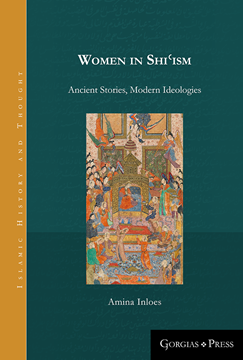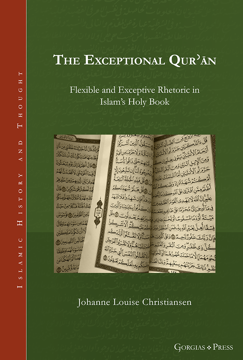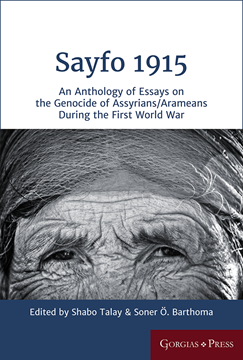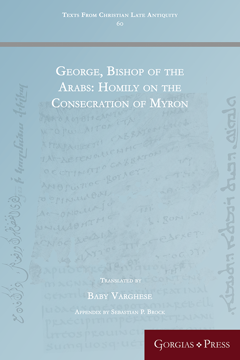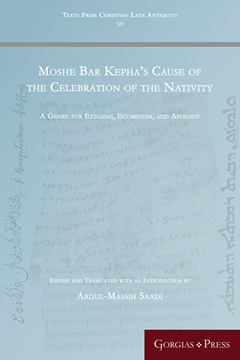Women in Shiʿism
Ancient Stories, Modern Ideologies
By Amina Inloes
Series: Islamic History and Thought 11
ISBN: 978-1-4632-0726-7
What is the nature and social role of women? In today’s Shi‘ism, these questions are often answered through the “separate-but- equal” ideology which emphasizes the role of women as wives and mothers, and places men in authority. But is this the only ideology which can be derived from Shi‘i scriptural sources? This book takes a more nuanced approach to that question by exploring how women are portrayed in hadith on ancient sacred narrative – the stories of the prophets. It shows far more diverse views on what it means to be a woman (and, by extension, a man) – and that early Shi‘is held competing views about ideals for women.
$114.95 (USD)
The Making of the Mosque
A Survey of Religious Imperatives
By Essam Ayyad
Series: Islamic History and Thought 15
ISBN: 978-1-4632-0727-4
“In the absence of reliable archaeological evidence, the question of how the mosque was made represents a real challenge. Its origin remains moot despite many attempts to settle the question. This study sets out to explore whether early Islam, within the framework of the Prophet’s teachings and practices, as well as the Qurʾān, might have provided the necessary prompts for the making of the mosque and the shaping of its essential functional and architectural features. It also investigates how such religious prompts may have interacted with the political, cultural and socio-economic contexts in which the mosque type materialized. As such, this book scrutinizes two dominant tendencies regarding the mosque type, the modern Western views on its non-Islamic origins and the Islamic legalist views on what it should look like.”
$149.50 (USD)
The Exceptional Qur'an
Flexible and Exceptive Rhetoric in Islam's Holy Book
Series: Islamic History and Thought 26
ISBN: 978-1-4632-0729-8
This monograph examines the principle of dispensation in the Qur’an, which seems to be, if not unique, articulated in a new manner compared to previous religions (cf. Deut 12,32). The Qur’anic dispensations have never been systematically studied and this monograph aims to fill this vacuum in the fields of Qur’anic studies and the Study of Religion.
$120.00 (USD)
Sayfo 1915
An Anthology of Essays on the Genocide of Assyrians/Arameans during the First World War
Edited by Shabo Talay & Soner Ö. Barthoma
Series: Gorgias Eastern Christian Studies 50
ISBN: 978-1-4632-0730-4
Drawing on the expertise of scholars from a variety of backgrounds, this anthology specifically seeks to shed light on this genocide from a multidisciplinary perspective and serve as a step for developing the future scholarship about the Sayfo.
$95.00 (USD)
George, Bishop of the Arabs
Homily on the Consecration of Myron
Translated by Fr. Baby Varghese
Series: Texts from Christian Late Antiquity 60
ISBN: 978-1-4632-0731-1
George was one of the last scholarly Syrian Orthodox bishops to live in the early Islamic period. His metrical homily, probably composed to be sung during the consecration of the Myron, is presented here with the vocalised Syriac text and English translation on facing pages.
$35.00 (USD) $28.00 (USD)
Moshe Bar Kepha’s Cause of the Celebration of the Nativity
A Genre for Exegesis, Ecumenism, and Apology
Edited and Translated with an Introduction by Abdul-Massih Saadi
Series: Texts from Christian Late Antiquity 50
ISBN: 978-1-4632-0733-5
This book is a part of series of Causes of Celebrations written by Moshe Bar Kepha (813-903). These Causes are unique in that they demonstrate a new genre of the Syriac literature initiated by the East Syriac authors at the beginning of the sixth century. Moreover, these Causes reveal the appreciation and dependency of Moshe Bar Kepha on the East Syriac sources despite the ecclesiastical doctrinal separation between the East Syriac and West Syriac churches.
$39.00 (USD)
